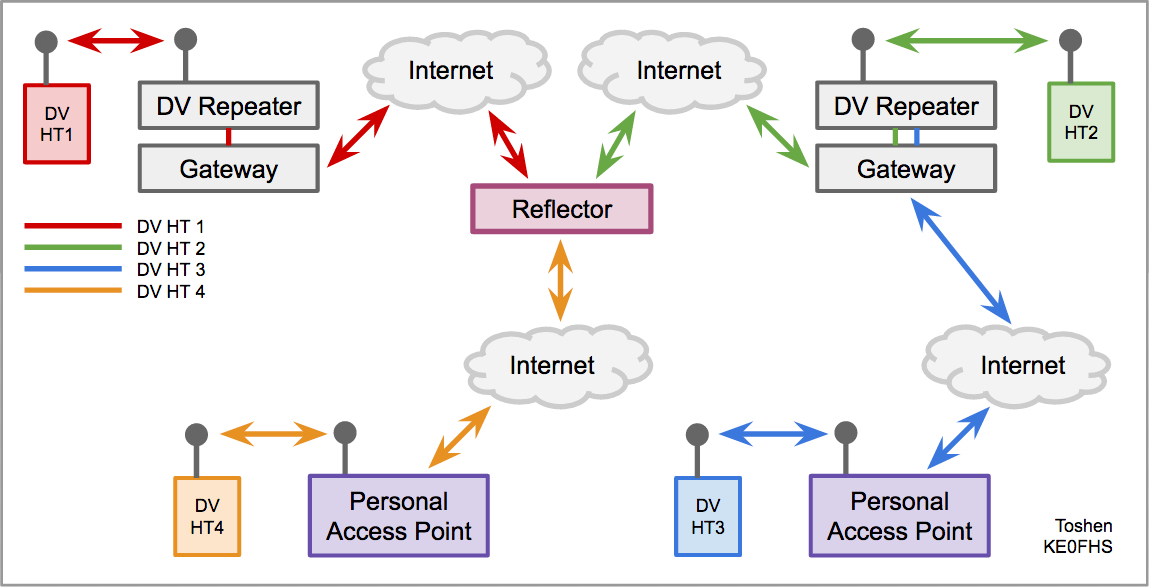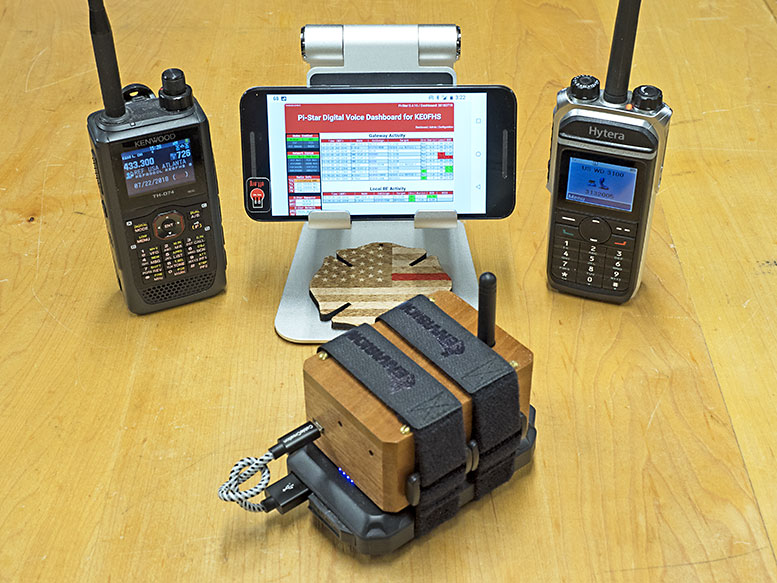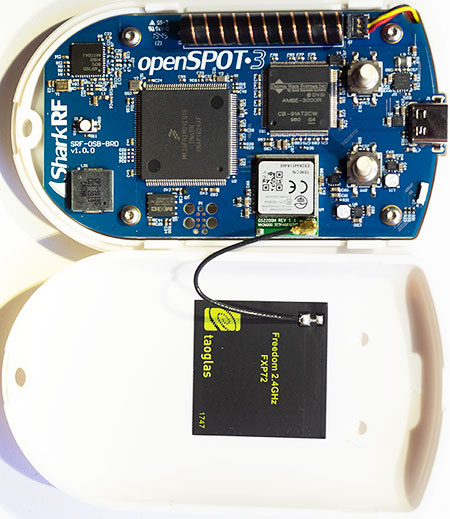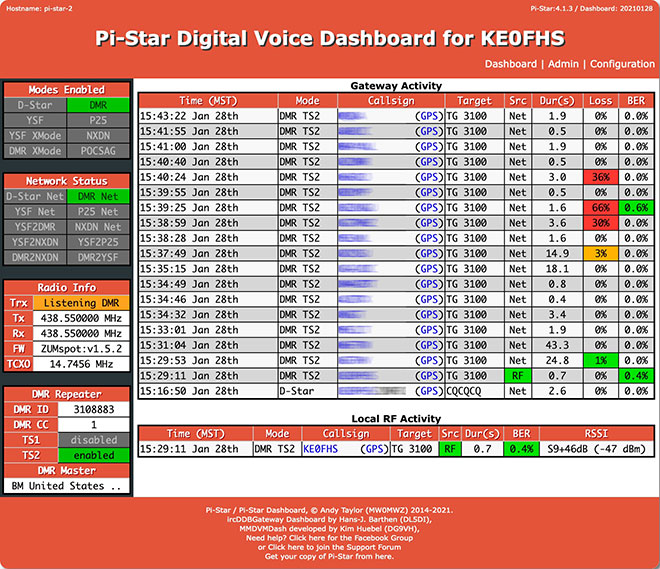CQ CQ CQ
CC BY-SA![]()
As of Jan 1, 2024, this site is no longer being updated. It will remain available for some time for legacy reference. PDFs available for download![]()
1) Background
One of the challenges we faced during the flood that wreaked havoc in our area in 2013 was that our community was separated into "islands" that were physically cut off from each other and the rest of the world by the flood waters.
Having lost power, internet, landlines, and cellular service, we also were cut off from communicating with anyone outside our islands, including emergency services. For the better part of three days, we were in a very strange limbo.
To be able to better face this type of vulnerability in the future, I was inspired to get my amateur radio license.
As I've gotten more involved in amateur radio, I've grown to appreciate what unique and wonderful opportunities it presents to serve our communities, learn new things, enhance emergency preparedness, and meet good people.
Thanks to my many mentors!
Many hams, mentioned throughout these pages, have been mentoring me. I deeply appreciate your generosity and patience.
2) Reflections of an amateur
Although I'm still relatively new to the universe of amateur radio, I've already enjoyed enough interesting learning experiences as well as stubbed my toes enough times to have gained a few insights that I think are worth sharing.
I'm writing these notes as my way to keep track of what I'm learning, and also just for fun, as I love writing as much as learning. Basically, this is a collection of some of the info I wish I had been able to find online when I was browsing for insights. If anyone else finds any of these notes helpful, well, that's a nice bonus.
2a) Base (my "shack")
Yep, I'm a bit scrappy. My small workshop, which is primarily a haven for my woodworking passion, is so full of woodworking tools that there's not a lot of free space. Since every cubic inch is precious, "my shack" is relegated to a corner of a desk that I otherwise use primarily for woodworking-related tasks. My radios and hotspots are stacked on a small shelf that sits on the corner of that desk, while my Raspberry Pi-based computer and monitor hang off the end of a bookshelf next to the desk (with a water heater sandwiched in between, which provides a nice place to tape up a phonetic alphabet chart). My keyboard tray mounts onto my table saw's extension table rail. If this is beginning to sound a bit like "how many clowns can fit into a phone booth?" … well then you definitely get the picture!
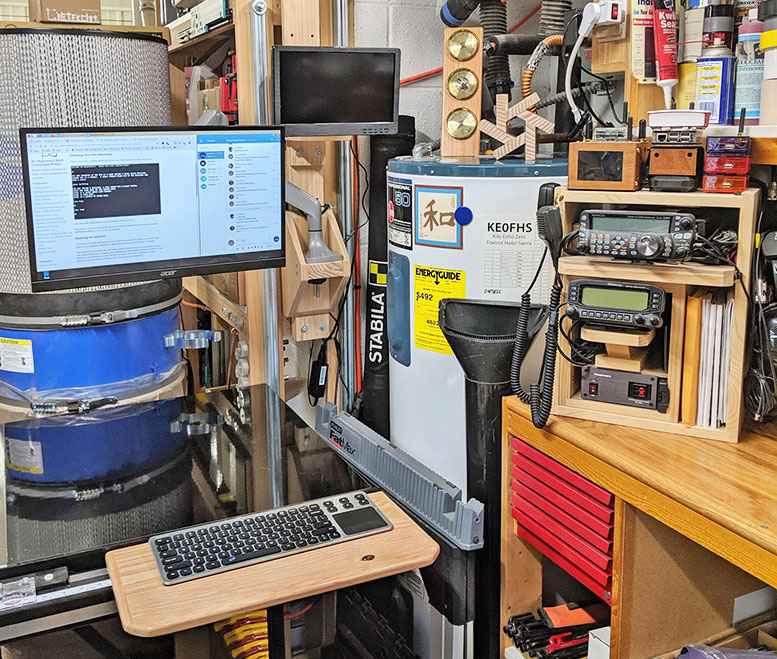
2b) Diving into D-STAR
When I first dove into D‑STAR, I knew nearly nothing about digital voice and quickly found myself drowning in a big bowl of bewilderingly murky information soup. So if it's that bewildering, why even bother?
I'll jump a bit ahead here and share one tidbit: at one point early in my exploration of D‑STAR, I linked to a reflector and heard a guy in San Diego, California chatting with a chap in Yorkshire, England. That was the moment I became hooked. Just think of it: worldwide communication with a Technician class license, a bit of effort and learning, and some fairly simple, relatively inexpensive equipment!
2c) Discovering DMR
After weeks of intense learning and effort, I felt like I was just beginning to get a handle on D-STAR, having put together a nicely working solution for my shack as well as for mobile. So why did I so quickly adventure off in a new direction?
I guess I must be a bit crazy, but a learning opportunity presented itself, so I decided to dive right back into another bowl of baffling info-soup and learn how to swim all over again, this time in the DMR soup bowl.
2d) Hanging out with hotspots
A personal, low-power hotspot is a combination of hardware, firmware, and software that enables a ham with internet connectivity to link directly to digital voice (DV) systems around the world. Hotspots can link to DMR, P25, and NXDN talkgroups; D-STAR reflectors; YSF rooms; and so on. Basically, hotspots act as your own personal digital voice repeater and gateway, which can be really fun. I use and enjoy both MMDVM + Pi-Star and SharkRF openSPOT hotspots.
2e) Playing with Pi-Star
Pi-Star is digital voice software for hotspots and repeaters. It can handle DMR, D‑STAR, and YSF, as well as P25, NXDN, POCSAG, and multiple cross modes when used with a multi-mode digital voice modem that supports those modes.
Paired with a personal, low-power hotspot![]() , Pi-Star is a good solution for use both as a base station and as a mobile hotspot. (It also can be used for repeaters, but I don't address that in my article.)
, Pi-Star is a good solution for use both as a base station and as a mobile hotspot. (It also can be used for repeaters, but I don't address that in my article.)


